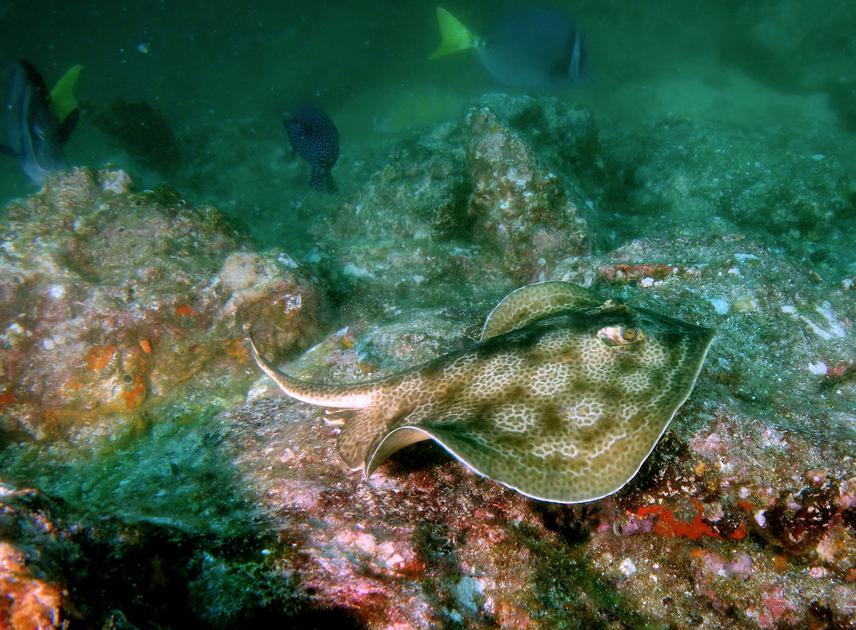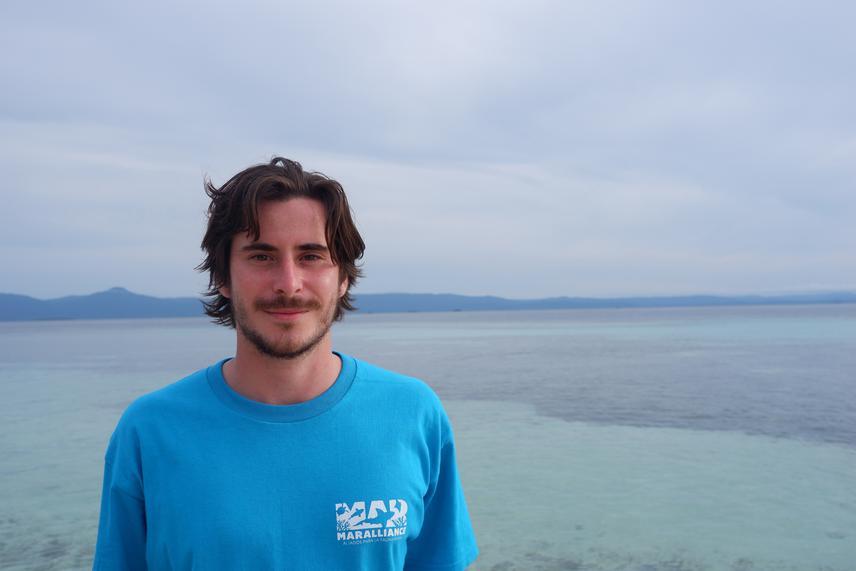Ignacio de Saint-Malo
Chondrichthyan species, including sharks, rays, and skates, are of key ecological and socioeconomic relevance based on the strong influence they exert on ecosystem stability and functionality. Nonetheless, high susceptibility to anthropogenic impacts and human overexploitation have contributed to their drastic declines globally, with more than 37% of chondrichthyan species currently threatened with extinction. The greatest losses are occurring in the biodiverse tropics, where lack of essential insight and legislation hamper chondrichthyan conservation.

Whitetip shark ‘Triaenodon obesus’ in Coiba National Park. ©Rachel T. Graham/MarAlliance.
Las Perlas Archipelago, a Special Management Zone located in the Gulf of Panama, is a relatively understudied biodiversity hotspot of conservation concern. Preliminary investigations have identified the archipelago’s diverse and productive marine habitats, including coral reefs, mangroves, and pelagic habitats characterised by ecologically significant oceanographic dynamics. While no efforts have been made at describing the chondrichthyan population of the archipelago, informal sources and regional tracking data suggest that different migratory species utilise its waters, including whale, tiger, and silky sharks. The area may also be home to important nursery areas for the critically endangered scalloped hammerhead. Worryingly, there is strong evidence of illegal shark fishing within and in the vicinity of the archipelago, a situation further exacerbated by a lack of ecological insight which has prevented the development of chondrichthyan conservation and management measures in the region.

Round Stingray ‘Urobatis halleri’ in Coiba National Park. ©Rachel T. Graham/MarAlliance.
This project will facilitate and promote meaningful conservation actions for endangered chondrichthyan fauna in Las Perlas Archipelago through two distinct mechanisms. Firstly, we seek to assist conservation planning by providing the first description of the abundance, diversity, and distribution of elasmobranch species in the archipelago with non-invasive Baited Remote Underwater Video systems, through which to identify critical sites and/or areas for conservation efforts. Secondly, we aim to train and engage local community stakeholders in project execution, including training and incorporating local fishers into project design and execution, and generating engagement between local community members, ecotourism operators, researchers, and regional management authorities.

Ignacio de Saint-Malo. ©Miguel Melo/MarAlliance.